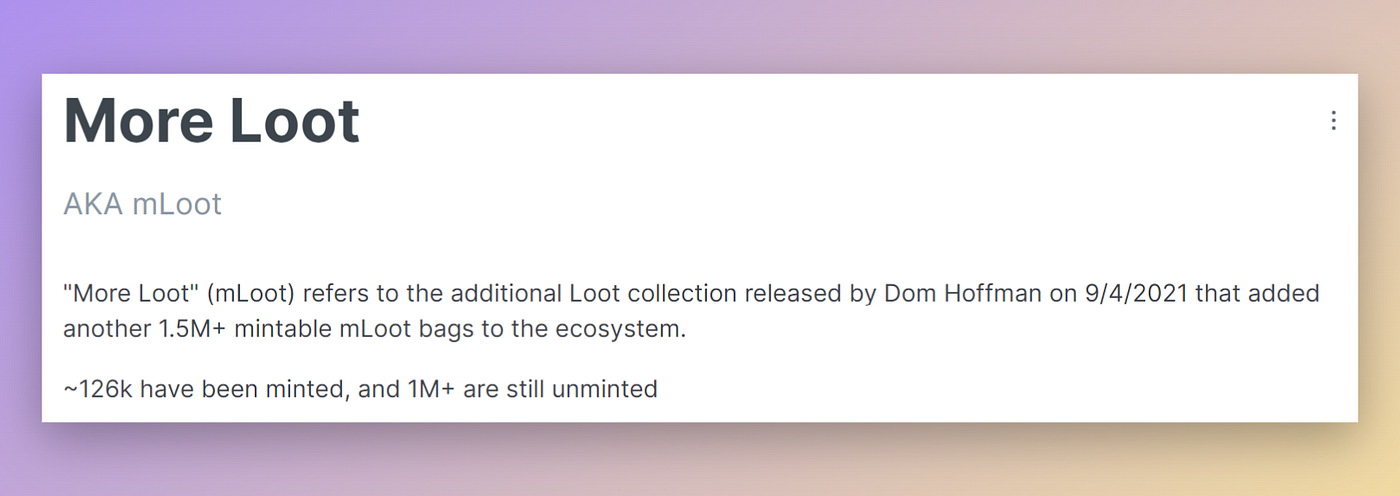Buzz of Connections
Exploring the latest trends in dating, relationships, and social interactions.
Loot Like a Boss: The Future of Game Economics
Unlock the secrets to game economics! Discover how to loot like a boss and level up your gaming strategy in the digital future.
Exploring the Rise of Blockchain in Game Economics
The integration of blockchain technology into game economics is reshaping the way players interact with virtual environments. By allowing for true ownership of in-game assets, developers are fostering a more decentralized ecosystem where players can trade, sell, or even create their own digital items. Unlike traditional gaming systems where items are bound to a player's account and can be taken away by the developers, blockchain ensures that players have permanent ownership of their assets. This shift not only enhances player engagement but also opens up new revenue streams and economic models that benefit both players and creators.
As blockchain gains traction in the gaming industry, we are witnessing a transformation of traditional game economics through concepts such as play-to-earn, where players can monetize their time and skills. Games like Axie Infinity and Decentraland are pioneering this trend by rewarding players with cryptocurrency for their participation. Additionally, the use of non-fungible tokens (NFTs) allows for unique in-game items and experiences, creating a new marketplace where scarcity and value can be established. As the technology evolves, it will be interesting to see how these innovations will continue to influence the landscape of gaming and its economic models.

Counter-Strike is a highly popular first-person shooter video game that has captured the hearts of players worldwide. The game features two teams, terrorists and counter-terrorists, competing to complete objectives or eliminate each other. For those looking to enhance their gaming experience, using a csgoroll promo code can provide additional bonuses and rewards.
How Loot Boxes and Microtransactions are Shaping the Future of Gaming
The rise of loot boxes and microtransactions has fundamentally altered the landscape of gaming. These monetization strategies, which allow players to purchase in-game rewards or benefits, have become ubiquitous across various platforms. As developers seek to enhance their revenue streams, the implementation of microtransactions offers a means to fund ongoing game development and support. However, this trend has sparked debates over ethical practices, particularly when loot boxes resemble gambling mechanisms, potentially impacting younger audiences. As the industry evolves, the challenge will be to strike a balance between profitability and fair gaming experiences.
Moreover, the growing prevalence of microtransactions is reshaping player expectations and engagement. Many gamers now anticipate additional content and rewards that can be unlocked through real-money purchases. As this model gains traction, we may see a shift towards games designed with loot boxes as a core component, making it crucial for developers to innovate while ensuring player satisfaction. The future of gaming is undoubtedly intertwined with these monetization strategies, raising questions about the sustainability of traditional payment models and the need for transparency and fairness in transactions.
What Does the Future Hold for In-Game Economies?
The evolution of in-game economies is poised to take on new dimensions as the gaming industry integrates advanced technologies like blockchain and artificial intelligence. These innovations are set to redefine the way players engage with virtual currencies and tradeable assets. For instance, blockchain technology could facilitate the creation of decentralized marketplaces, enabling players to own, buy, and sell in-game items securely and transparently. Additionally, the introduction of artificial intelligence could lead to more dynamic economies where the supply and demand of resources are constantly adjusted based on player behavior, creating a more immersive and realistic experience.
Looking ahead, the convergence of in-game economies with real-world financial systems could unlock unprecedented opportunities for players. As game developers continue to explore monetization strategies, we may see the rise of play-to-earn models that reward players with tangible assets. Furthermore, the potential for cross-game economies—where assets can be utilized across different titles—could revolutionize player engagement and investment. Ultimately, understanding these trends will be crucial for gamers and developers alike as they navigate the future landscape of digital economies in gaming.